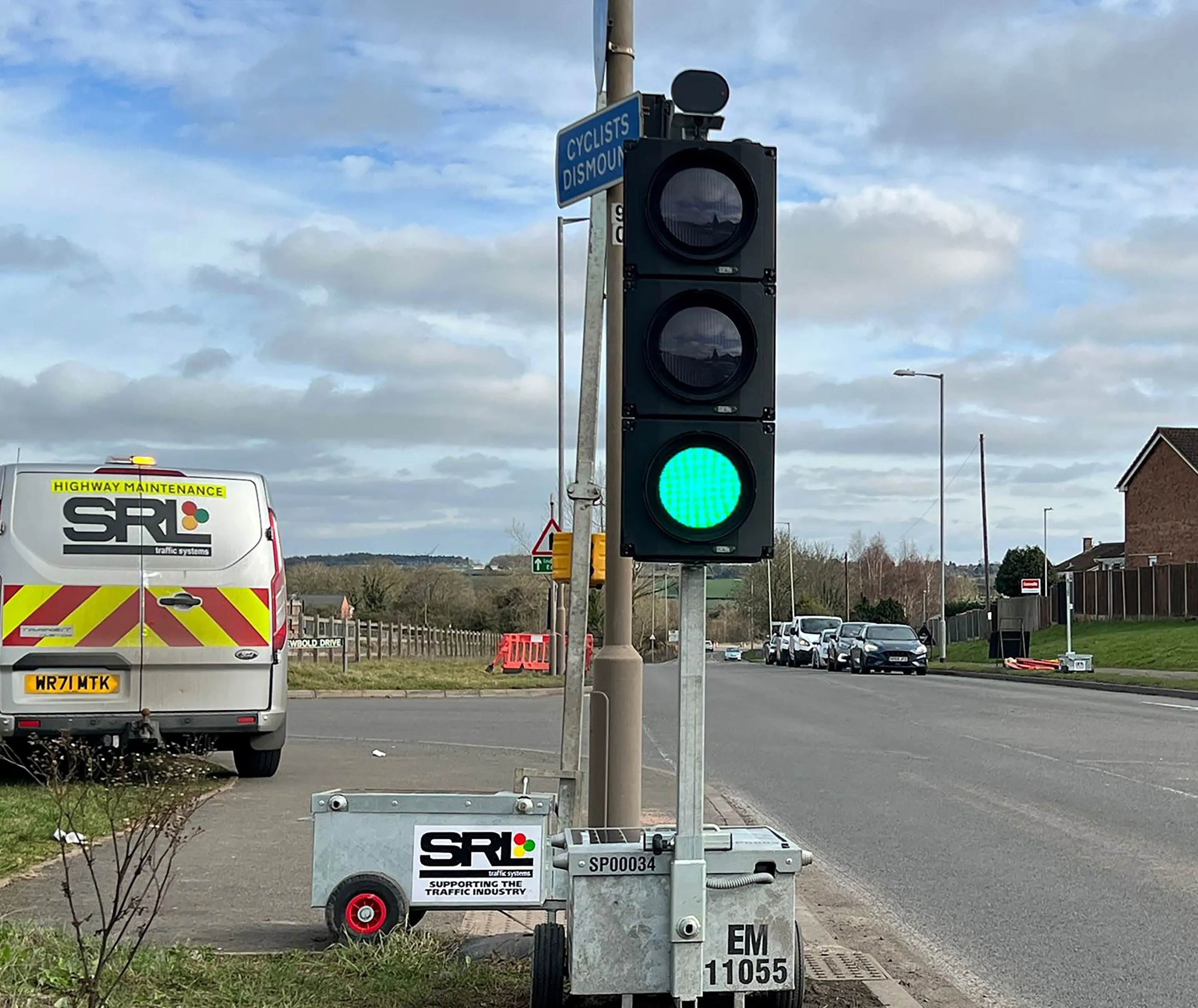Siemens is supplying the onboard equipment for a total of 305 trains and installing the wayside signalling technology at seven of eight field locations.
The radio-based CBTC technology provides real-time data on vehicle position and speed conditions, allowing system operators to safely increase the number of vehicles on a rail line. This results in greater frequency of train arrivals and allows MTA to accommodate more passengers on its system. The technology reduces the amount of wayside equipment and, as a result, reduces maintenance costs and service disruptions. Additionally, the technology precisely locates each train on the tracks and controls speed, improving on-time performance for riders and employees.
The system will be managed and deployed by Siemens New York City based rail automation team of CBTC experts which has been working with NYCT for over 15 years.
“Through our work on the Canarsie line, we’ve seen first-hand that CBTC technology can have a significant positive impact on ridership for the New York City subway system,” said John Paljug, head of Siemens Rail Automation. “We’re extremely excited to extend our technology partnership with the MTA and bring advanced automation technology to riders on the Queens Boulevard line.”
Development work is expected to begin on the Queens Boulevard line late this summer with the major installation beginning in mid-2017.
Siemens to automate New York’s Queens Boulevard subway
Siemens has been awarded a US$156 million contract by the Metropolitan Transportation Authority (MTA) to install communications-based train control (CBTC) on the Queens Boulevard Line, one of the busiest subway lines on the New York City transit system. Siemens is supplying the onboard equipment for a total of 305 trains and installing the wayside signalling technology at seven of eight field locations.
August 28, 2015
Read time: 2 mins







